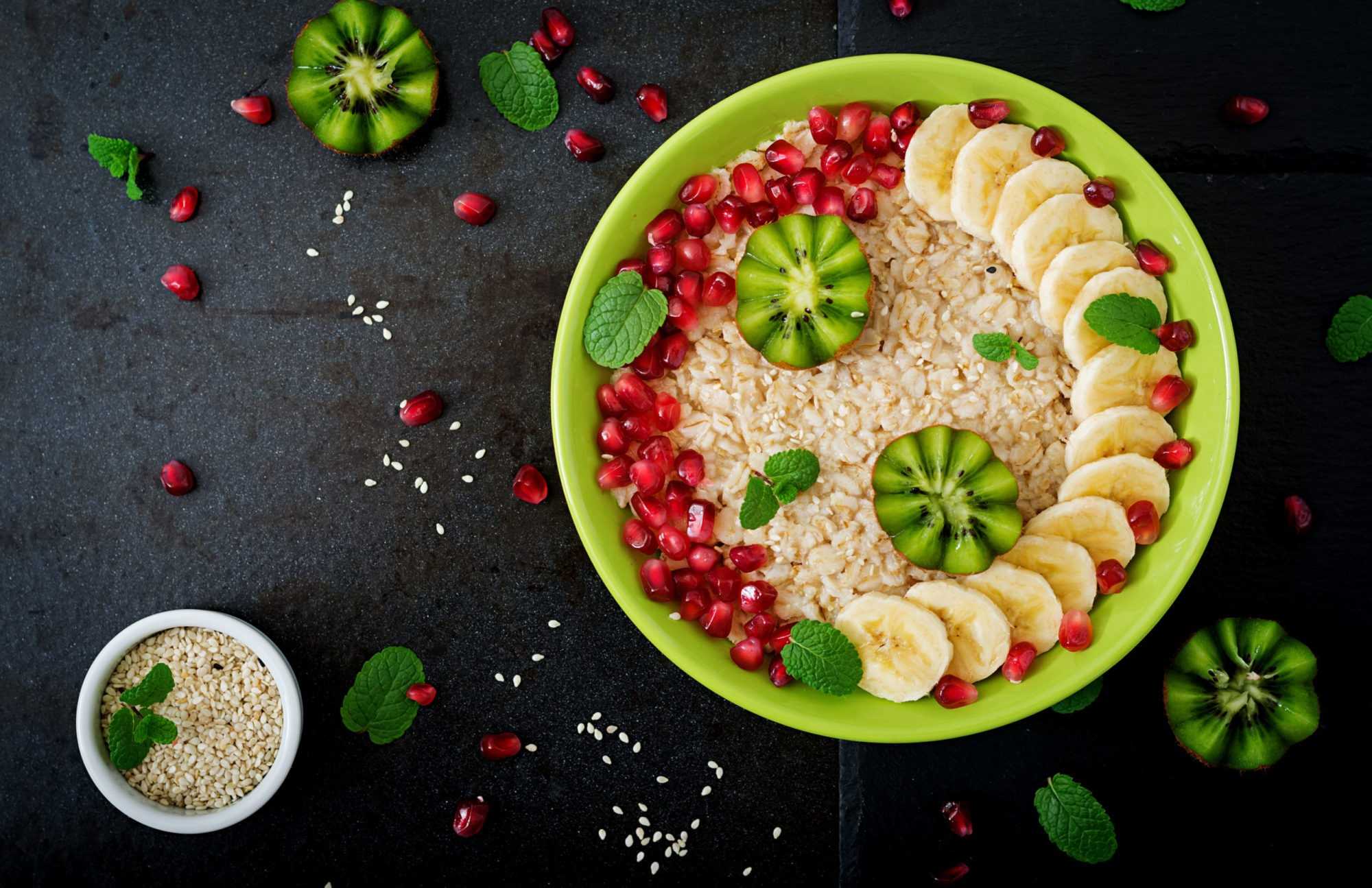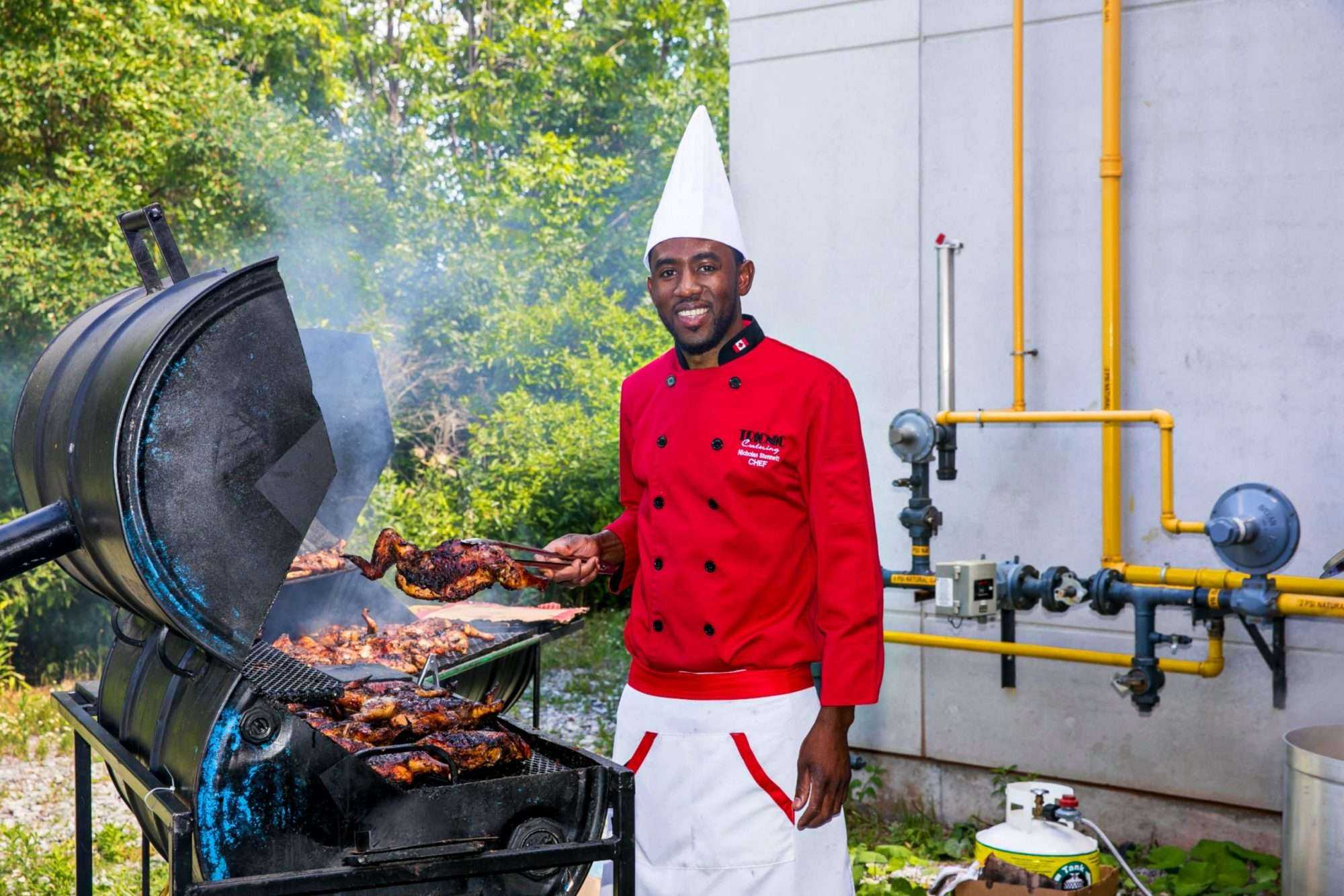BY MEGAN ROBERTS
As a child of Jamaican parents and a chef, I’ve always had a deep appreciation for traditional Jamaican cuisine. One dish that holds a special place in my heart, and in the hearts of many Jamaicans, is jerk chicken. Jerk chicken is more than just a meal; it’s a cultural icon that represents the flavours and traditions of Jamaica. That’s why it’s so important to me, and to many others, to preserve the authenticity of this beloved dish.
Chef Nicholas is one of those individuals who is dedicated to preserving traditional jerk chicken. He is passionate about bringing the true flavours of Jamaica to his community in Canada. Chef Nicholas is in the world of opening up a jerk centre in Brampton that will offer authentic jerk chicken using the method of cooking with pimento wood.
“So, if you know that you want the best jerk chicken, or jerk pork, you’re going to go to TricNic Jerk Center, because that’s where you’re going to get it.” Chef Nicholas emphasized. He firmly believes that using pimento wood is essential to achieving the distinct smokey flavours that sets traditional jerk chicken apart from its variations.
“For me right now, in terms of jerk chicken, the real way is with the pimento wood,” he continued. “It’s not easy to do it in the traditional way. He explained that while it’s not easy to source the pimento wood, it’s the only way to preserve the authentic flavour and essence of the dish. In Canada, where the weather is cold and laws restrict certain methods of cooking, many jerk chicken establishments use barrel grills which deviate from the traditional method of digging a pit to smoke.
However, Chef Nicholas is determined to adhere to the originality of jerk chicken and has plans of opening up a jerk centre in Brampton, where customers can experience the true flavours of traditional jerk chicken.
“So, we’re setting up our jerk centre where you can get the jerk chicken the real way, the authentic way, where you’re going to get it on the charcoal grill every day. It’s going to be baked in the oven,” he shared. His dedication to preserving traditional jerk chicken is inspiring and serves as a reminder of the cultural significance of the dish.
“The spices are going to be directly from Jamaica. We get our scotch bonnet and pimento seeds directly from Jamaica. We make our own jerk seasoning from scratch. We don’t get our spices premixed; we mix our own blend.” This attention to detail is what sets TricNic Jerk Center apart from other establishments that may rely on pre-packaged seasonings and shortcuts.
Chef Nicholas and I also spoke about the historical significance of this dish. We touched on the fact that the method of jerking chicken can be traced back to the Maroons, who were descendants of enslaved Africans that escaped to the mountains of Jamaica. They used a combination of spices and smoking techniques to preserve the meat, which evolved into what we know today as jerk chicken.
It’s clear that chef Nicholas’ passion for preservation extends beyond just the food itself, it’s a representation of his heritage and culture. As a food writer and chef, I appreciate the work he has done and continues to do advocating for the safeguarding of this popular dish. We must ensure that future generations can experience true flavours and understand both the historical and cultural importance of jerk chicken and we need to support the efforts of Chef Nicholas and others who are working to protect and educate others.
Chef was gracious enough to add a simple yet delicious recipe:
Authentic Jamaican Jerk Shrimp (shelled)
Ingredients:
1 tbsp olive oil
1 lb. shrimp (peeled and deveined) Leaving the tail on
1/2 cup TricNic® Jerk Marinade
Step 1
Heat 1 tablespoon of olive oil in a large skillet over medium heat or preheat the grill to medium heat. Put shrimp in a mixing bowl and rub in TricNic® jerk marinade. Mix to make sure the shrimp is well coated.
Step 2
Add shrimp to the grilled or a hot skillet and cook for about 2-3 minutes on each side, turning once midway until the shrimp is pink and cooked through. Remove shrimp from the skillet. Enjoy!


 Junior Contributors1 week ago
Junior Contributors1 week ago
 Community News1 week ago
Community News1 week ago
 The Poetic Word1 week ago
The Poetic Word1 week ago
 Junior Contributors1 week ago
Junior Contributors1 week ago
 Sports1 week ago
Sports1 week ago
 Community News5 days ago
Community News5 days ago
 Community News5 days ago
Community News5 days ago
 Community News5 days ago
Community News5 days ago























